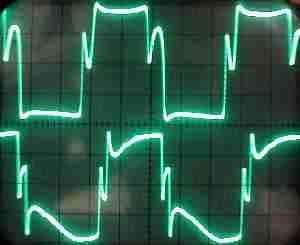Originally posted by J M Fahey
View Post
It doesn't do anything on low volumes, just when the output tubes are already overdriven. It just clips the negative part of the waveform that you don't need anyway in "class B". On classic Marshalls (5881/EL34) the PI does the same, and nobody is complaining about them
Agree with snubbers and bright caps tough, the amp has to sound a little "rude" with other instruments around

.png)
 .
. 


Comment